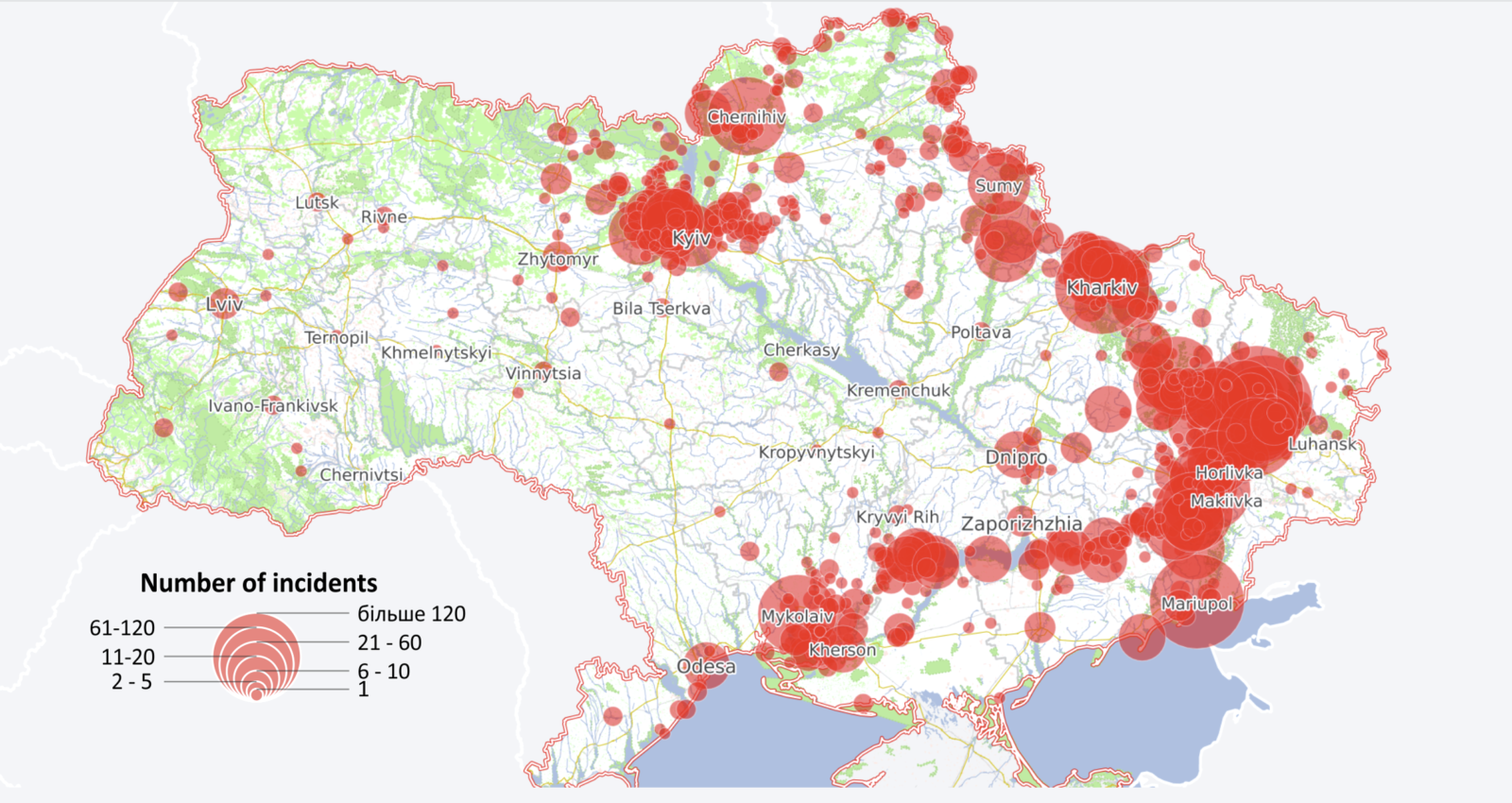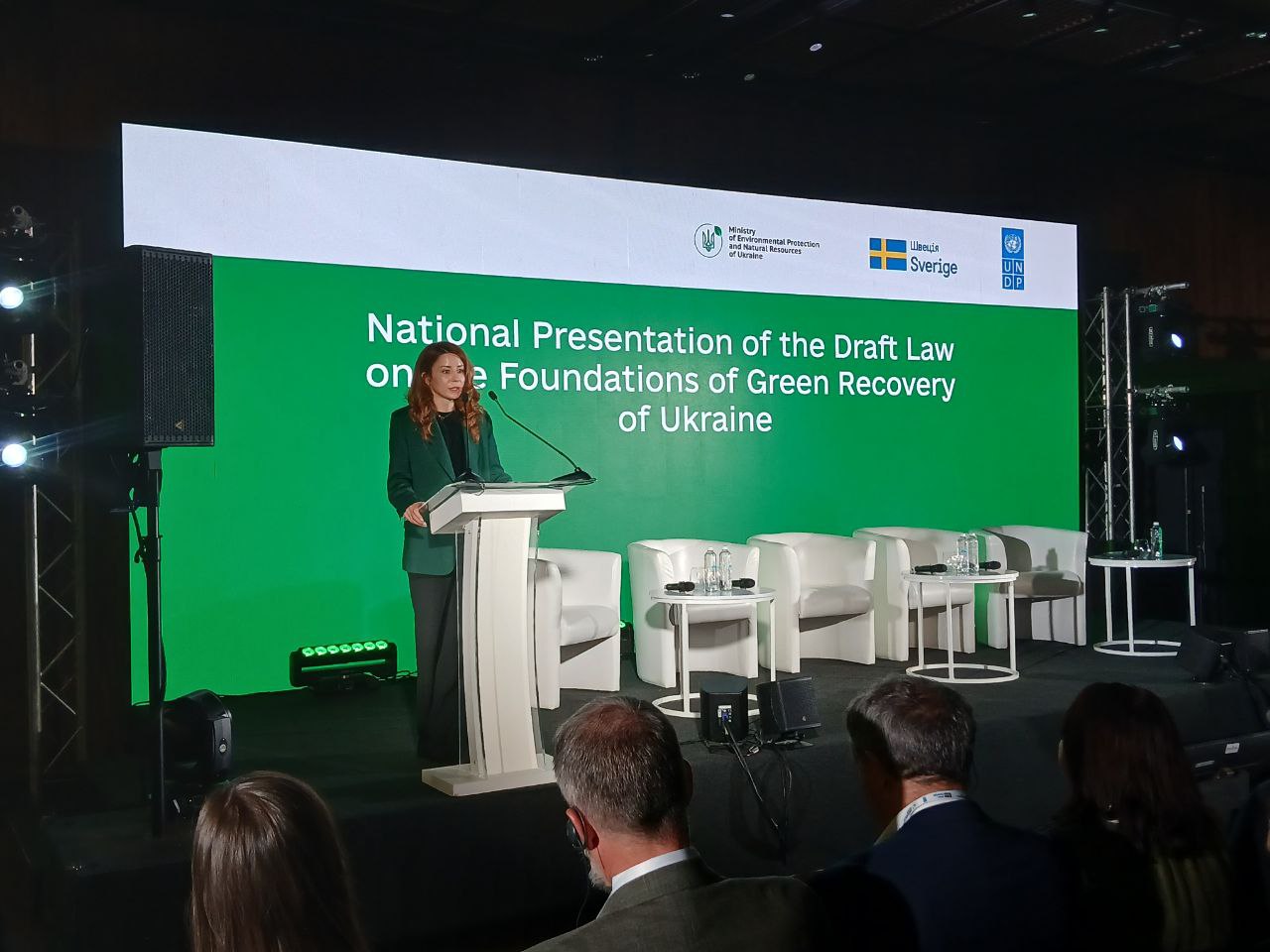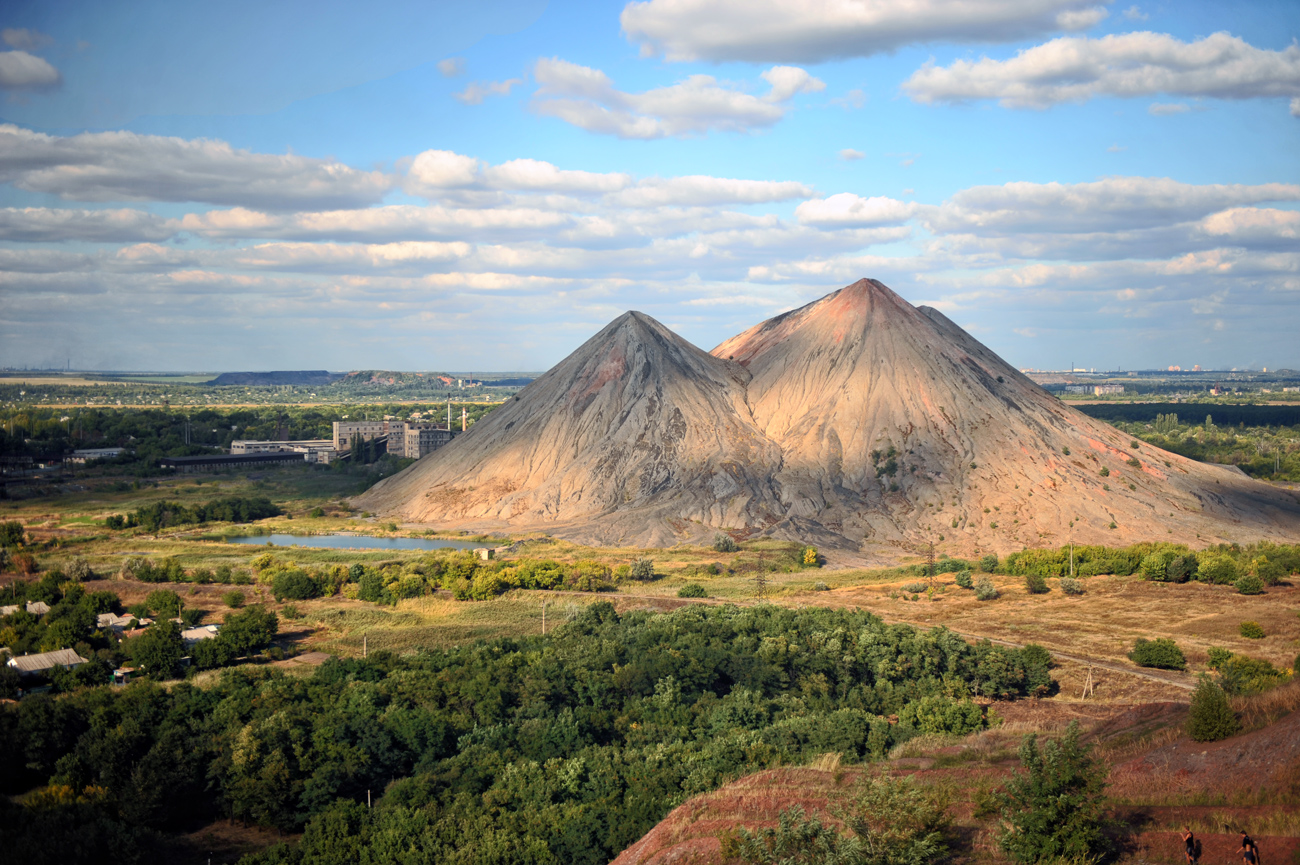Environmental damage is incalculable, but still must be documented. We have compiled a publicly available metadatabase of environmental information sources for use in times of war. The “List of Information Centers and Monitoring Tools” includes links to monitoring tools, databases, and knowledge bases accumulating information directly relevant to the war’s environmental consequences. The list includes data collection efforts with the following focus: 1) current information on environmental aspects of the war, 2) sources of essential environmental data relevant in times of war and peace, 3) projects monitoring war damage to people and recovery efforts, 4) key relevant sources about non-environmental aspects of war, 5) older robust data collections directly relevant to the subject. As of May 2023 the list includes more than 50 datasets. The UWEC Work Group will add new items as it becomes aware of their existence.
We collected sources of information in one table
Some say this war is the most widely discussed war ever in terms of its environmental dimensions and unprecedented efforts to measure damage.
Others lament that damage to living nature – species, ecosystems, and ecosystem services – has not received proper attention and evades assessment, because typical crisis management and humanitarian action approaches deal with impacts to people and human-made structures.
At the same time, many experts agree that most near-battlefield environmental impacts are extremely difficult to calculate, due to limited access, lack of technology, and lack of established protocols. The data we gather is less precise and less reliable than is needed for use in decision-making.
Finally, people most often ask where they can access information on wartime environmental impacts beyond the impressive but rather limited collection of UWEC articles on all of the environmental aspects of this war.
As a specialized project dealing with the Ukraine war’s environmental consequences worldwide, the UWEC Work Group often has to ask and answer such questions. These questions require comprehensive answers, and we are eager to share this database of some of the largest depositories of knowledge on damage caused by this war and information on specific solutions and approaches to remediation.
Following is a brief introduction to this list of information collection centers and tools related to environmentally-significant dimensions of Russia’s aggression in Ukraine.
In the “List of Information Centers and Monitoring Tools”, we distinguish between the following groups of sources, according to their scope:
- Current information on environmental aspects of the war.
In this most relevant category we included the ongoing, focused efforts of a number of entities collecting and analyzing information on this war’s environmental dimensions. Examples include:
- “EcoZagroza” – Official resource of Ukraine’s Ministry of Environmental Protection and Natural Resources, which includes a dashboard and map registering different types of environmental damage. The Ministry also issues weekly digests.
- “Ukraine Conflict Environmental Briefings” – Periodic publications by ZOI Environmental Network and CEOBs. These environmental briefings assess nuclear sites, water, industry, fossil fuel facilities, and the coastal and marine environment. Both organizations also have other reports devoted to the subject.
- “Ecorubrika” – Collection of articles on environmental issues in times of war regularly published in a dedicated section by Rubrika media portal, which has a special focus on wartime grassroots problem-solving and “how to” guidance (e.g. What to do if a dam is breached on Dnipro River).
The majority of list entries are devoted to problems and impacts occurring inside the territory of Ukraine. However Dixi Group and the Center for Research on Energy and Clean Air (CREA) have information resources devoted to Russia’s fossil fuel industry and exports, while the NGO Ecodefense maintains a Russian-language website monitoring media reports on sanctions and their environmental consequences.
- To date, the second category includes only a handful of sources of essential environmental data useful both in times of war and peace. This category just scratches the surface and could potentially expand dramatically as war-time monitoring often requires many different types of generic environmental data. We have listed specialized websites reporting fires, air-quality, and radiation measurements, as well as the Ukraine State Environmental Inspectorate website. That agency documents violations of environmental law and provides online forms for reporting such violations. We have also included resources shared by Ukrainian Nature Conservation Group, Green Portal of Belarus and other NGOs with contemporary sources covering important environmental issues in the warring states.
- The third category are projects on monitoring of war damage to people and recovery efforts, including assessments of environmental impacts. Examples include:
- Ukraine War Map by Bellingcat – an open-source general “war incident” location map managed by volunteers. Specific incidents may be studied by time interval and several other OSINT-based tools.
- Recovery Map, by Kyiv School of Economics and partners, contains information about all civilian infrastructure objects restored, destroyed, or partially or completely damaged as a result of Russia’s invasion of Ukraine with a goal of facilitating reconstruction.
- Russia Will Pay – a sister project by Kyiv School of Economics and partners that focuses on assessment of monetary damage to Ukraine’s physical infrastructure as a result of the war and calculations of the financial value of these damages. (See March 2023 report on cumulative damage.)
- Several sources, including the Ukrainian Ministry of Culture, UNESCO, and Yale University, that document damaged cultural monuments and institutions.
- Another category is a small collection of highly specialized “other” sources, which includes databases on refugees, foreign aid for Ukraine recovery, urban planning initiatives for revival of cities, etc. These sources, while not directly relevant to environmental impact, still contain potentially important data and methodologies (e.g. database on reprocessing of building materials in destroyed cities).
- The last category are websites where data collection has likely been discontinued. Some of those, such as the OSCE studies, document environmental issues related to the 2014 Russian invasion, and others provide snapshots of the radiological situation in 2022. The OCHA’s Ukraine Environment Working Group platform plays a special role, reflecting UN body efforts to coordinate environmental assessment and assistance activities and integrate those efforts with the wider humanitarian action agenda from June-October 2022. Among other useful data it contains an initial list of “maps and databases”, a source that we used as the starting point for this meta-database.
We make no judgments on the quality or completeness of data presented in the sources listed here, nor do we bear any responsibility for its accuracy or the political correctness of this information. Collecting and presenting environmental data about the war is a mind-boggling task. Making sense of the data is equally challenging. We wish you good luck and eagerly request your feedback. Please send any questions, suggestions, and/or additional entries to UWEC Work Group (please write to editor@uwecworkgroup.info).In publishing this List (and collecting reader feedback), we are developing a Resources section on the UWEC Work Group website in order to share references to data depositories, research results, monitoring tools, campaigns and publications created by NGOs, and other projects related to environmental consequences of the war.
Main image source: Zoi Environment Network







